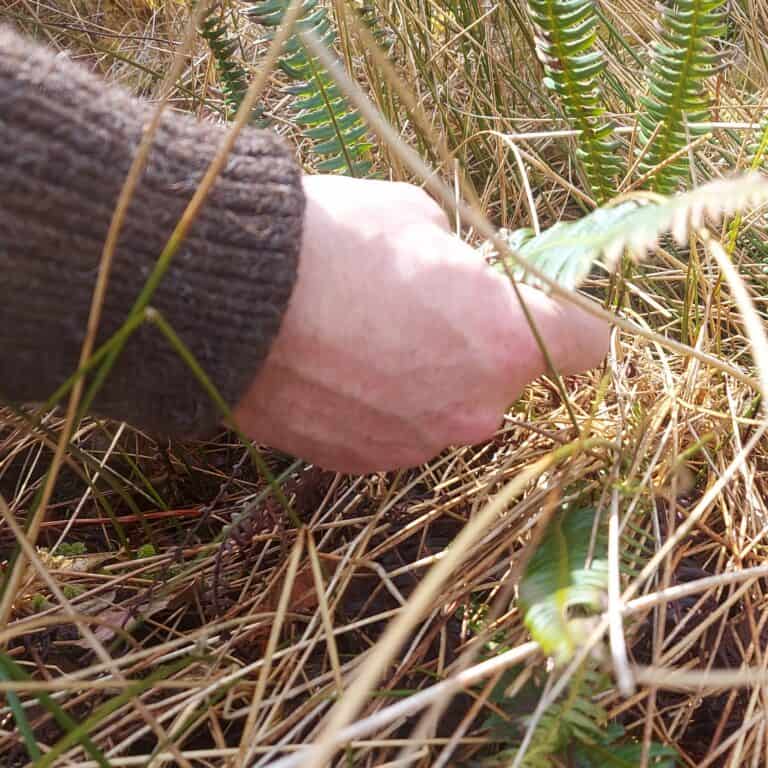Over the Easter weekend, led by Alasdair Firth of the Woodland Trust Scotland; we equipped ourselves with the knowledge and skills to assess the impact of herbivores on ecosystems. Over the course of the weekend we learned how to use the Herbivore Impact Assessment methodology, in the process we visited a number of sites with differing browsing levels.
Ten people, comprised of a variety of local land managers, ecologists, deer managers and glenan volunteers attended. Together we looked at growth patterns on different tree species, examined percentages of browsed ground flora and the change browsing makes to growth patterns on different species
Today, I reviewed the footage & compiled the raw data from our fieldwork notes into a spreadsheet. As you can see from one of the various ‘stops’ we made on the course, some of our findings were astonishing.
The results will be used to predict likely future changes in woodland structure and species composition under current impact levels. They can thus help to determine whether or not the management of large herbivores at a site needs to change to achieve our woodland objectives.
Before leafbreak
Going forward, Over the period of the 9th-11th April, our Forest Ranger is committing to undertaking a number of stops using the HIAT methodology across the whole site at Glenan. As we are committing to undertake this survey annually; our aspiration is to have a bank of locally trained fieldwork volunteers which will aid Rhyddians aim for consistency and continuity of approach over coming decades.
Some Context for HIAT at Glenan:
Ecologists have advised us that historic and perhaps current deer density is having a negative impact in some if not all areas of the woods; which has prevented new trees from establishing for some decades. It has been dubbed Glenan’s ‘Age Class Crisis’ in our Plantations on Ancient Woodland Survey.
We are seeking means to be objective and based on observations, establish where to make the best interventions if necessary to arrest this threat; and monitor this as we go forward.





